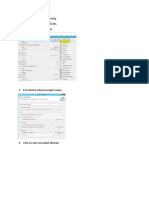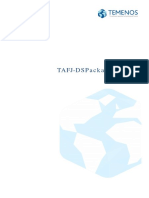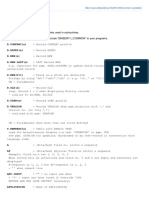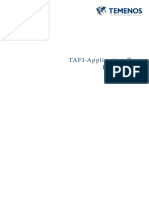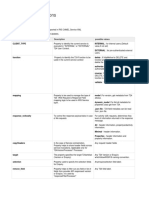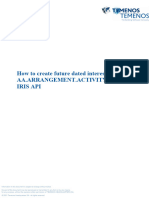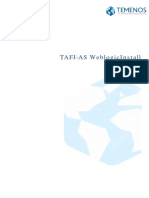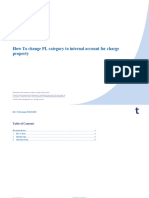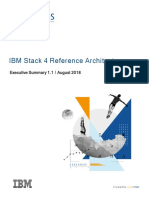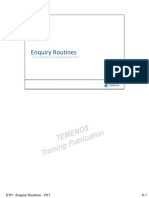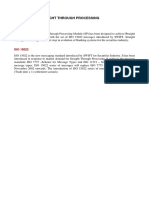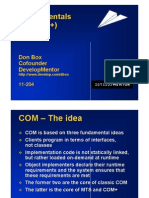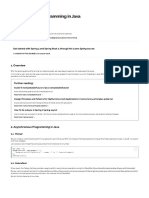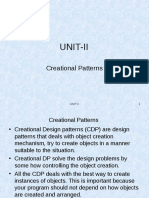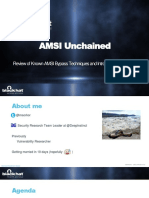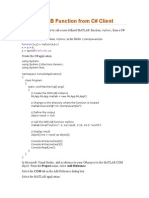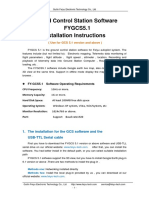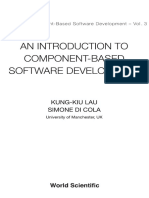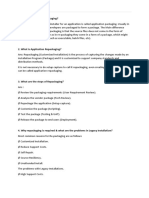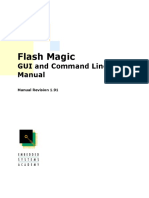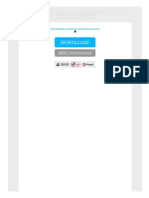0% found this document useful (0 votes)
314 views15 pagesJava Extensiblity Framework Customer Overview 1.0
Java Extensibility Framework document
Uploaded by
Chandrashekhar RCopyright
© © All Rights Reserved
We take content rights seriously. If you suspect this is your content, claim it here.
Available Formats
Download as PDF, TXT or read online on Scribd
0% found this document useful (0 votes)
314 views15 pagesJava Extensiblity Framework Customer Overview 1.0
Java Extensibility Framework document
Uploaded by
Chandrashekhar RCopyright
© © All Rights Reserved
We take content rights seriously. If you suspect this is your content, claim it here.
Available Formats
Download as PDF, TXT or read online on Scribd
/ 15



